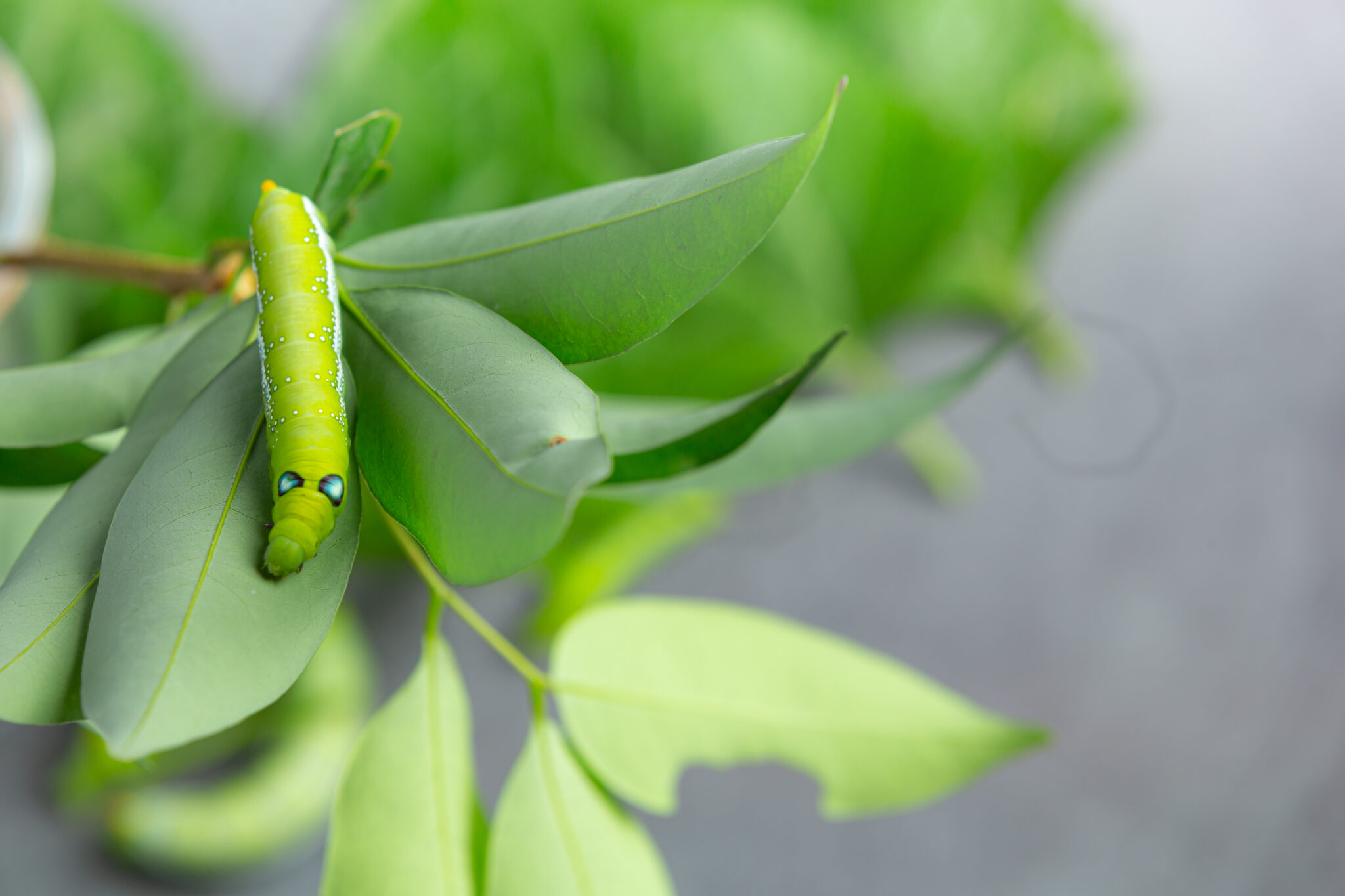
About Bean weevils
Bean beetles, also known as seed beetles or bean weevils, are small insects from the Chrysomelidae family that infest beans and other legumes. They can cause significant damage to stored beans by consuming both the beans and their larvae.
Adult bean weevils are 2 to 4 millimeters long, brown or gray in color, and lay eggs on the outside of beans. The hatched larvae tunnel into the beans to feed, reducing both quantity and quality.
Effective management involves proper storage techniques, like using sealed containers, and may require insecticides or fumigation for severe infestations. Regular monitoring of stored beans is essential to quickly address any signs of infestation.

How to Identify Bean Weevils ?
The initial step in protecting your pantry goods from these small intruders is recognizing bean weevils. Stay alert for tiny beetles that are either brown or gray and are around 2 to 4 millimeters long. Their slim physiques and unique patterns distinguish them from other pests commonly found in pantries.
Examine your beans thoroughly for any indication of pest presence. Search for small openings in the beans’ exterior, which signal the locations where the adult weevils have deposited their eggs. You might also notice small larvae moving around inside the beans, which is a definite indication of a problem.
Be alert and respond quickly at the first sight of bean weevil presence. With the knowledge of what to watch for, you can safeguard your pantry and prevent these bothersome pests.
What Bean weevils consume ?
- Bean weevils are pest insects that usually use legumes as their food source; These include beans, peas, and lentils.
- These flattening insects are seed eaters, both in the adult and larval stages.
- Furthermore, accumulated old grains like rice or wheat can be infested by Brazilian jumping worms.
- Their grazing habit maybe damage the material lightly stored beans and grains.
- Besides the fact that stored legumes and grains lay bean weevils feces which somehow makes the grains and legumes even less desirable to eat, we should also be concerned.
Beginning of Bean Weevil Infestations:
- Recognition: Identify the indications of an invasion by bean weevils, such as openings in beans, mature weevils, and larvae within stored beans.
- Sanitation: Make sure storage areas and equipment are cleaned thoroughly to eliminate any remaining beans, which can attract bean weevils.
- Check stored beans often for indications of infestation, such as holes or the presence of weevils.
- Temperature Regulation: To prevent bean weevil reproduction, make sure to keep storage temperatures under 15°C.
What Happens If Bean Weevils Are Left Unchecked ?
- Crop Damage: Bean weevils are capable of inflicting notable harm on bean crops, leading to decreased yield and quality.
- Contamination occurs when beans that are infested can spread to other stored beans, resulting in additional financial losses.
- Population Explosion: Bean weevil populations can quickly grow without any interference, making the infestation worse.
Controlling Bean Weevil Infestations:
- Cultural Practices:
- Rotate bean crops with non-legume crops to disrupt the bean weevil life cycle.
- Properly dispose of infested beans and debris to prevent re-infestation.
- Physical Control:
- Use pheromone traps to monitor and capture adult bean weevils.
- Handpick adult weevils and remove infested beans.
- Chemical Control:
- Apply insecticides labeled for use on beans according to recommended guidelines.
- Use insecticidal dust or sprays in storage areas to kill adult weevils and larvae.
- Biological Control:
- Introduce natural predators like parasitic wasps that target bean weevils.
- Encourage biodiversity in and around bean fields to support natural enemies of bean weevils.
Contact Infest Pest Control for Bean Weevil-Related Issues
If you are struggling with controlling bean weevil infestations or need expert help, feel free to reach out to Infest Pest Control. With our knowledge in pest control, we can assist in effectively addressing bean weevil issues and safeguarding your bean harvest.By applying these tactics and getting help when necessary, you can successfully manage the bean weevil population and protect your bean harvest from add itional harm.
Types of Pests We Serve
Bees
Assassin bugs
Armadillos
Frequently Asked Questions
Bean weevils create extensive harm to beans by burrowing into them to lay their eggs. The larvae consume the beans internally, causing damage and decreasing both the quality and the market worth of the beans. Beans that are infested can turn discolored, moldy, and unsuitable for eating.
Bean weevils are significant pests as they have the potential to result in significant economic damages in bean farming. They invade both crops in fields and beans in storage, affecting farmers and suppliers by reducing yield, quality, and profitability. It is essential to manage populations of bean weevils effectively to sustain bean crop productivity and guarantee food security.
Indeed, bean weevils can damage beans by burrowing inside them to lay eggs and consuming the beans in their larval stage. This could result in notable harm, rendering the beans unmarketable or unfit for eating.
Different techniques exist for managing and eliminating bean weevils.
Maintaining cleanliness in storage spaces and equipment through good sanitation practices.
Bean weevils are usually tiny beetles, usually measuring between 2 and 5 millimeters (0.08 to 0.2 inches) long. Their bodies are stretched out with unique noses and their sizes may differ slightly based on the type.

